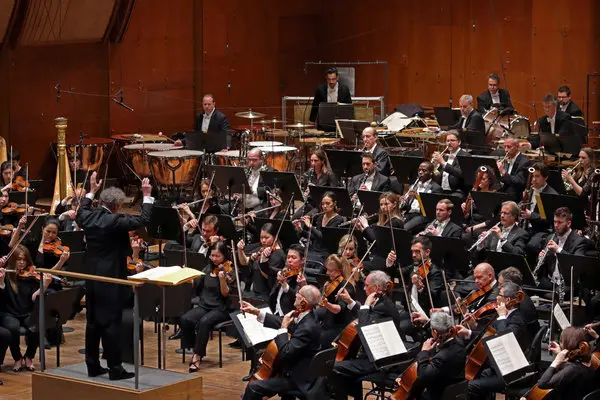By: Jeffrey Wu
The dearth of diversity in American orchestras has steadily gained greater attention in recent years. During the past decade, many American orchestras have made efforts to hire more Asian players, yet scarcely addressed the inclusion of additional Black and Latinx musicians.
Data from 156 orchestras in America have shown a consistent increase in the inclusion of women and people of color. The proportion of female conductors is now about 24 percent, double that of a decade earlier. Asians and Asian Americans account for 11 percent of musicians, up from 9 percent a decade ago. Latinxs now make up 4.8 percent of musicians, up from 2.5 percent previously. Unfortunately, the number of Black musicians has only increased marginally from 1.8 percent to 2.4 percent.
Although women make up 24 percent of all conductors, there is only one female conductor among the top 25 orchestras. Additionally, Latinos and Blacks are both significantly underrepresented, accounting for 19 percent and 14 percent of the U.S. population, respectively.
“Can you say that you’re an American orchestra without having any Black representation?” said Titus Underwood, the principal oboist at the Nashville Symphony and one of two Black musicians in the 83-member orchestra. “We must reflect American culture. And American culture is nothing without Black musicians being at the center.”
According to Afa Dworkin, president and artistic director of the Sphinx Organization, which manages the audition-assistance program, the music industry needs to encourage minority musicians and eliminate bias in employment.
“There’s really not a shortage of talent,” she said. “There are ranks and ranks of Black and Hispanic musicians who certainly are ready to perform as part of major American orchestras. And we’re not engaging nearly enough of them yet.”
Organizations have already attempted to improve learning circumstances for people of color. The National Alliance for Audition Support has worked to expand access to orchestra programs, providing financial assistance, tutoring to help talent development, and other methods to assist musicians of color in auditioning.
“Rather than waiting for the system to make room for us, we’re creating our own opportunities,” said Jeri Lynne Johnson, the Pearl Chamber Orchestra’s founder and artistic director in Philadelphia, who is Black. “We’re building our own network. We’re making a path for each other.”
Sources:
https://www.nytimes.com/2023/06/16/arts/music/orchestra-diversity.html











